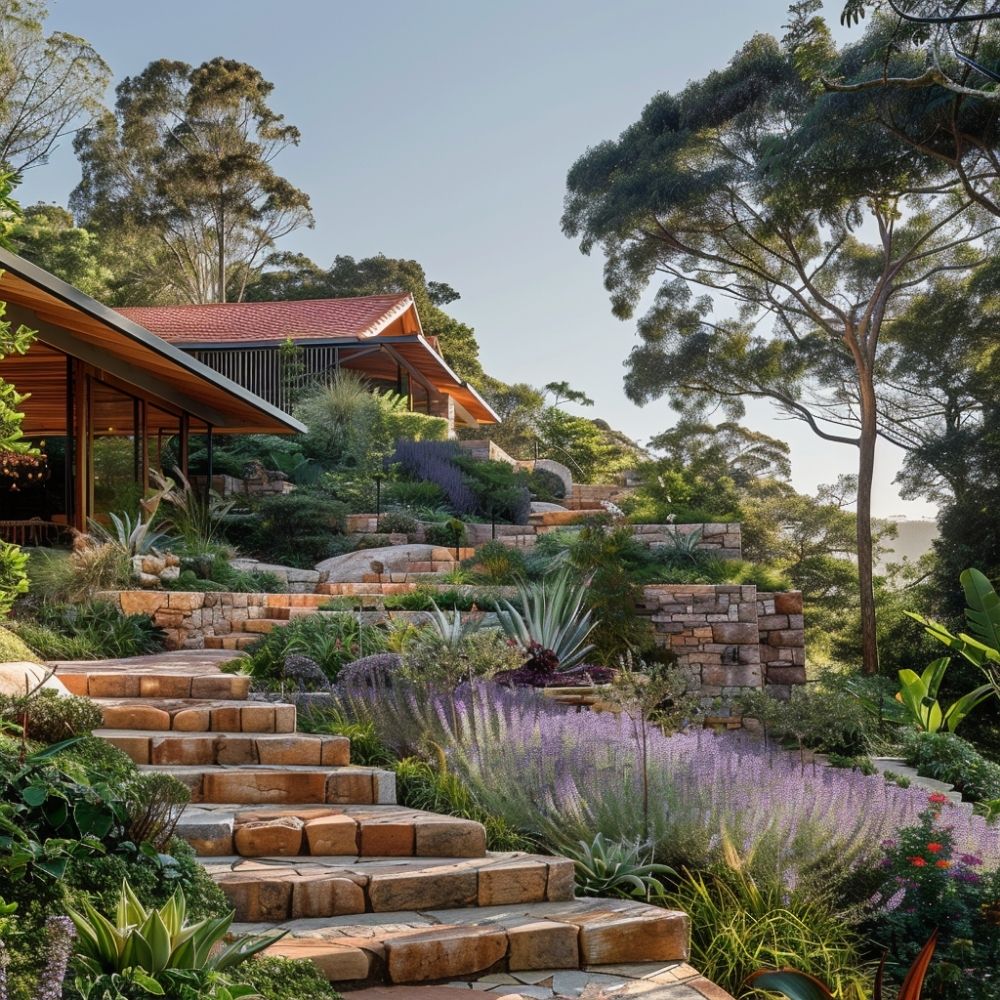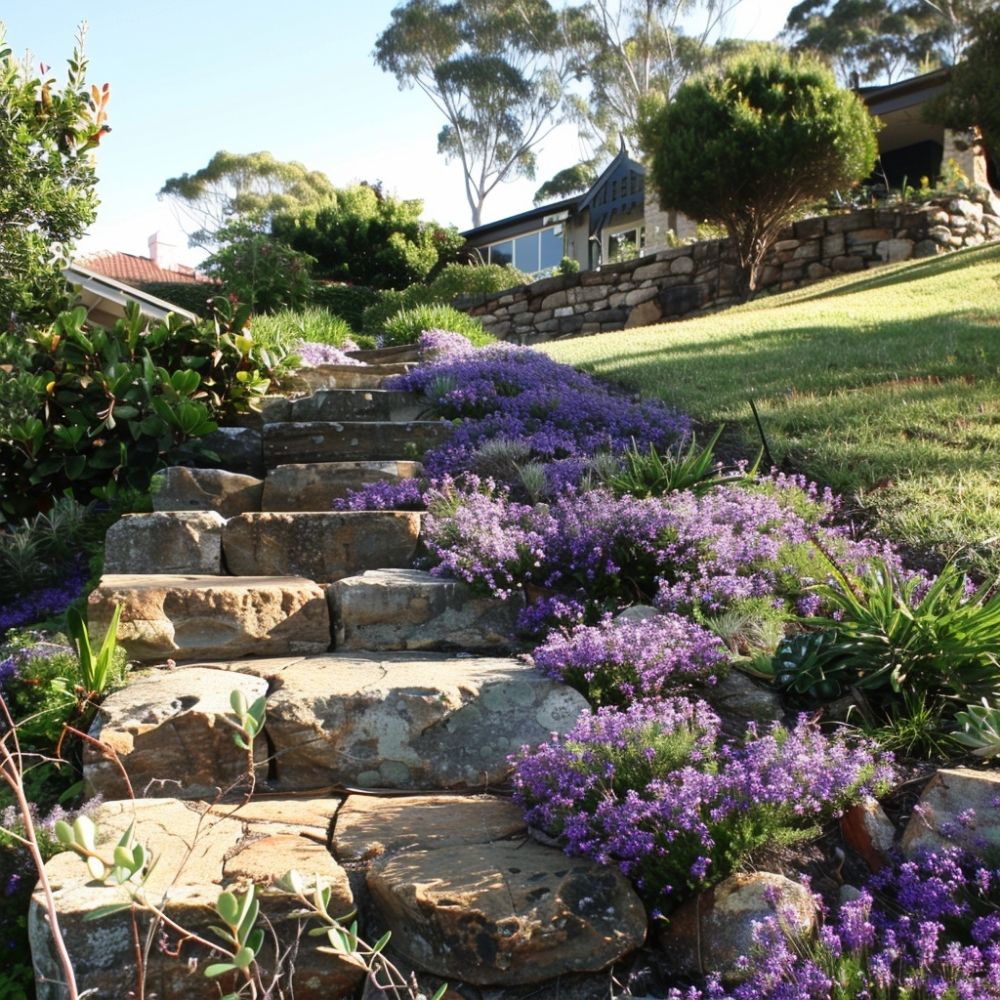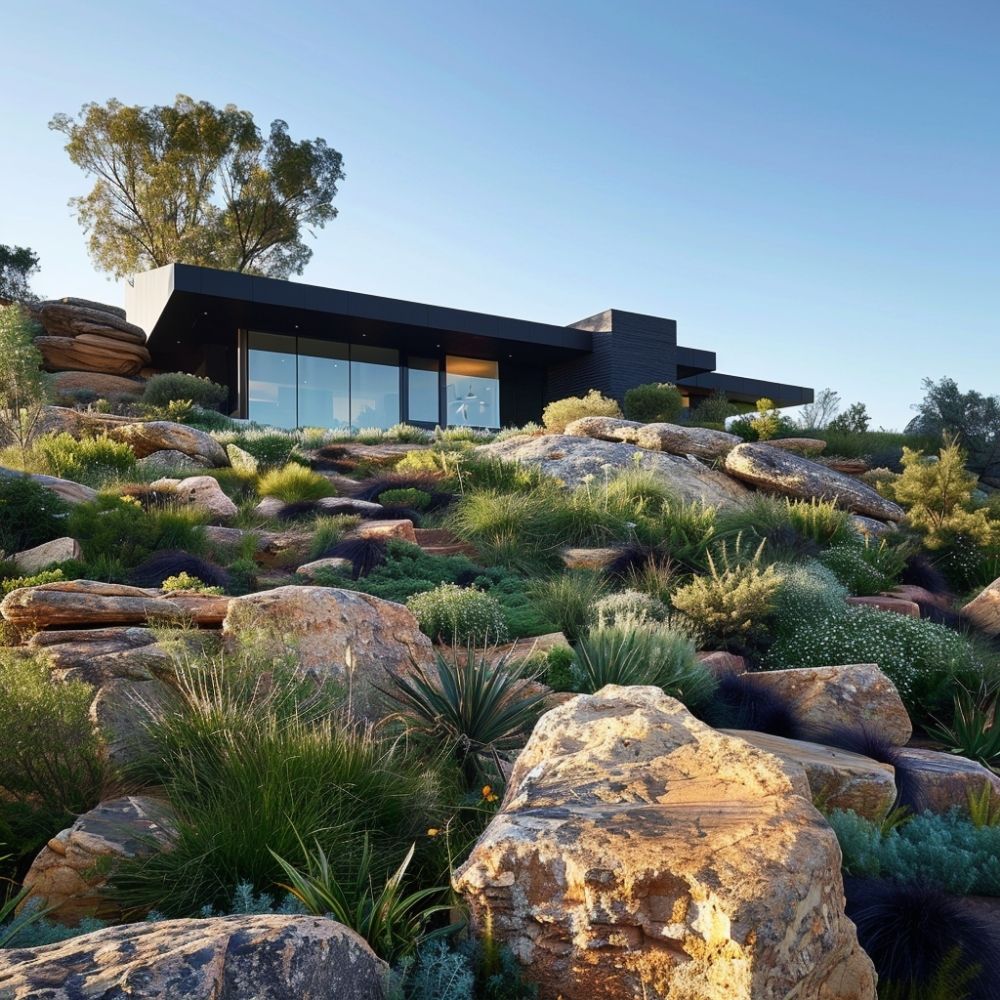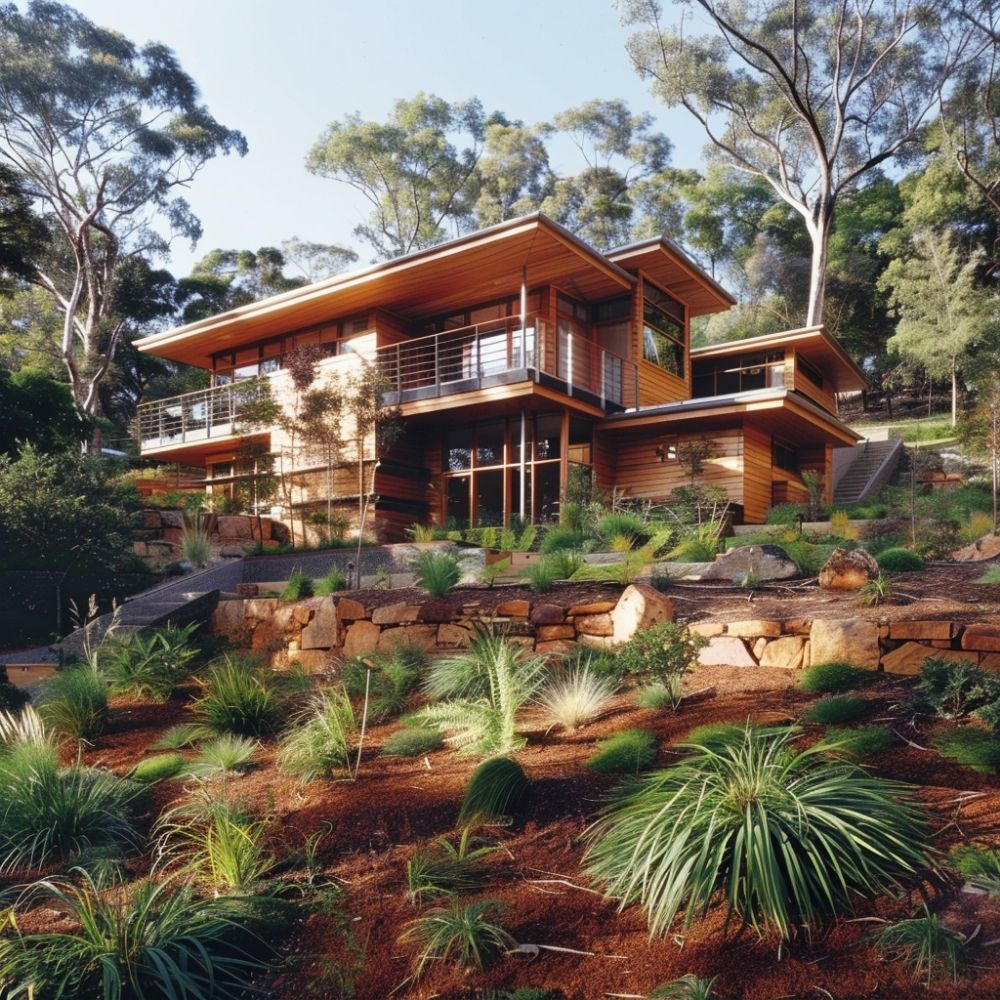Transforming a hillside garden can seem daunting, especially when you’re working within a budget. The unique challenges of sloped terrain, like erosion and water runoff, often leave homeowners feeling overwhelmed. However, with the right approach, you can turn these obstacles into opportunities for a stunning landscape.
By choosing the right ground covers and native plants, you can create a low-maintenance garden that thrives on your hillside. Incorporating pathways and strategically placed shrubs not only adds beauty but also makes garden upkeep more manageable. Whether you’re looking to add a touch of greenery or create a picturesque path, there are cost-effective solutions to bring your vision to life.
Ready to make the most of your sloped garden without breaking the bank? Dive into these practical and budget-friendly hillside landscaping ideas to transform your outdoor space into a captivating retreat.
Assessing Your Hillside’s Needs
Evaluate Soil and Drainage

Evaluate the soil type on your hillside to understand its characteristics. Clay soils retain water, while sandy soils drain quickly. Test different areas to identify variations in soil composition.
Address drainage issues by observing water flow patterns after rain. Check for any pooling or erosion signs, as these indicate poor drainage. Use this information to determine if you need to improve the soil or add drainage solutions.
Assess Sunlight and Shade Areas
Observe your hillside at different times of the day to map sunlight and shaded areas. Note the spots that receive full sun, partial shade, or full shade. This information helps you select the right plants for each area.
Sun-loving plants thrive in bright spots, while shade-tolerant species do better under trees or structures. This assessment guides your landscaping choices, making your hillside garden sustainable and attractive.
Budget-Friendly Design Strategies
Drawing a Preliminary Plan
Start with a simple design on paper. Sketch your hillside, noting areas that get different amounts of sunlight. Imagine spaces for terraces, pathways and garden beds. Consider where water runs off to avoid erosion problems. Use free online tools for more detailed landscape plans.
Choosing Low-Cost, High-Impact Elements
Opt for tumbled patio pavers for creating a charming pathway. These add character and are budget-friendly. Select ground covers like thyme or creeping rosemary that can thrive on slopes and reduce erosion. Use rock gardens to both beautify and stabilise your hillside.
Large rocks placed strategically can direct water flow, preventing runoff. Introduce self-sowing perennials like corydalis to add colour and fill gaps naturally, saving on plant costs.
Utilising Terracing Techniques
Terracing a slope transforms unusable land into practical terraces.
Building Simple Terraces

Start small with basic terracing methods. Cut into the slope, creating flat areas or steps. Use timber, rocks, or reclaimed bricks for edging. Simple terraces provide stable planting areas and reduce erosion risk.
Add compost and mulch to your terraced beds to improve soil quality. This method is affordable and effective for minor slopes if you try to save money.
Using Retaining Walls Effectively
Retaining walls offer a structural solution for steep slopes. They prevent soil displacement and add charm. Choose materials like timber sleepers, concrete blocks, or stone. Be creative with design; stagger walls for a tiered effect.
Ensure you install proper drainage behind the walls to prevent water build-up. Get quotes from professionals to balance cost with durability. Retaining walls can create functional, attractive spaces in your garden.
Opt for Sustainable Groundcover
Choose sustainable groundcover to manage erosion and enhance hillside aesthetics.
Selecting Durable Groundcover Plants

Pick plants that can withstand the hillside’s conditions. Creeping juniper and ice plant are hardy options that help stabilise soil. Groundcover plants like vinca minor or thyme spread quickly and require minimal water. These plants also suppress weeds, keeping maintenance low.
Using Mulch to Control Erosion
Apply organic mulch to support soil health and prevent erosion. Wood chips or bark mulch work well on slopes, holding moisture and reducing runoff.
Spread a generous layer around plants, making sure to cover all exposed soil. Mulch gradually breaks down, adding nutrients and improving soil structure.
Incorporating Cost-Effective Pathways
Designing Functional and Attractive Paths
Similar to landscaping ideas for a sloped front yard, opt for pathways that blend with your hillside garden’s aesthetic while offering practical use. Think about using winding paths to navigate slopes. These not only reduce erosion but also add visual interest.
Consider tumbled patio pavers as a budget-friendly option. They’re great for creating winding pathways that fit with the natural look of your garden. Plus, they provide traction and help prevent slipping.
Material Choices on a Budget
Choose materials that look good and fit your budget. Tumbled patio pavers made from natural stone or concrete are affordable and durable. Their weathered, rustic appearance can enhance any landscape.
Other materials like gravel or mulch are cheap and easy to install. They’re ideal for simple pathways and help suppress weeds while retaining moisture. You could also use reclaimed bricks or timber to add a unique touch without breaking the bank.
Selecting Plants Wisely
Choosing the right garden plants for your hillside can save you time and money. Here are some practical suggestions to get you started.
Focus on Native Species
Opt for native species suited to your local climate. They’re adapted to the soil and weather conditions, making them easier to maintain. Examples include daylilies and hostas, which thrive on slopes. Native plants also support local wildlife, adding an eco-friendly touch to your garden.
Low Maintenance and Drought-Tolerant Plants

Look for plants that require little upkeep and can handle dry conditions. Plants like creeping juniper and ice plant are hardy and help prevent erosion. Drought-tolerant species, such as succulents, reduce water usage and lower gardening costs. These choices will keep your hillside garden looking great with minimal effort.
DIY Hillside Landscaping Ideas
Transforming your sloped garden doesn’t have to drain your wallet. Here are some cost-effective DIY ideas to make the most out of your hillside landscape.
Building Your Own Rock Gardens

Use natural stones to craft a beautiful rock garden. Arrange different-sized rocks for a visually appealing look that also helps with soil anchoring.
Rocks add texture and reduce maintenance needs significantly. Select varieties of creeping plants that thrive around rocks, enhancing the garden’s natural vibe. It’s affordable and sustainable.
Creating Natural Steps and Borders
Consider building steps with timber or reclaimed bricks. These materials create stability and add character to your garden. Natural steps make manoeuvring the slope easier and safer.
Upcycled tyres can serve as borders, holding soil in place while creating planting pockets. This solution is both budget-friendly and effective. Add groundcovers like hostas along the edges to soften the look and prevent erosion.
Maintenance Tips for Hillside Gardens
Effectively maintaining a hillside garden can be challenging but achievable with the right strategies. Here are some practical tips.
Efficient Irrigation Systems
Install drip irrigation systems. They help save water and direct it precisely where needed, reducing runoff. Drip systems also prevent erosion by allowing water to penetrate the soil slowly.
Use soaker hoses. They’re another budget-friendly option. They evenly distribute water along the slope, making sure plants receive enough moisture without wasting water.
Regular Maintenance to Reduce Costs

Mulch regularly. It suppresses weeds and retains moisture, cutting down on watering and weeding tasks. Adding a layer of mulch annually is a simple, cost-effective habit.
Opt for low-maintenance plants. Choose varieties like daylilies and hostas that need minimal pruning and fertilising. They ease up your garden upkeep and reduce expenses.
Trim shrubs and perennials. Keep them in check to avoid overpowering other plants and improving the garden’s overall look. Regular trimming promotes healthy growth and reduces the chance of disease.
Install ground cover plants. They help manage erosion and provide a low-maintenance solution. Options like creeping juniper and ice plants are hardy and cost-friendly.
By implementing these tips, you can manage your hillside garden effectively, even on a budget.
